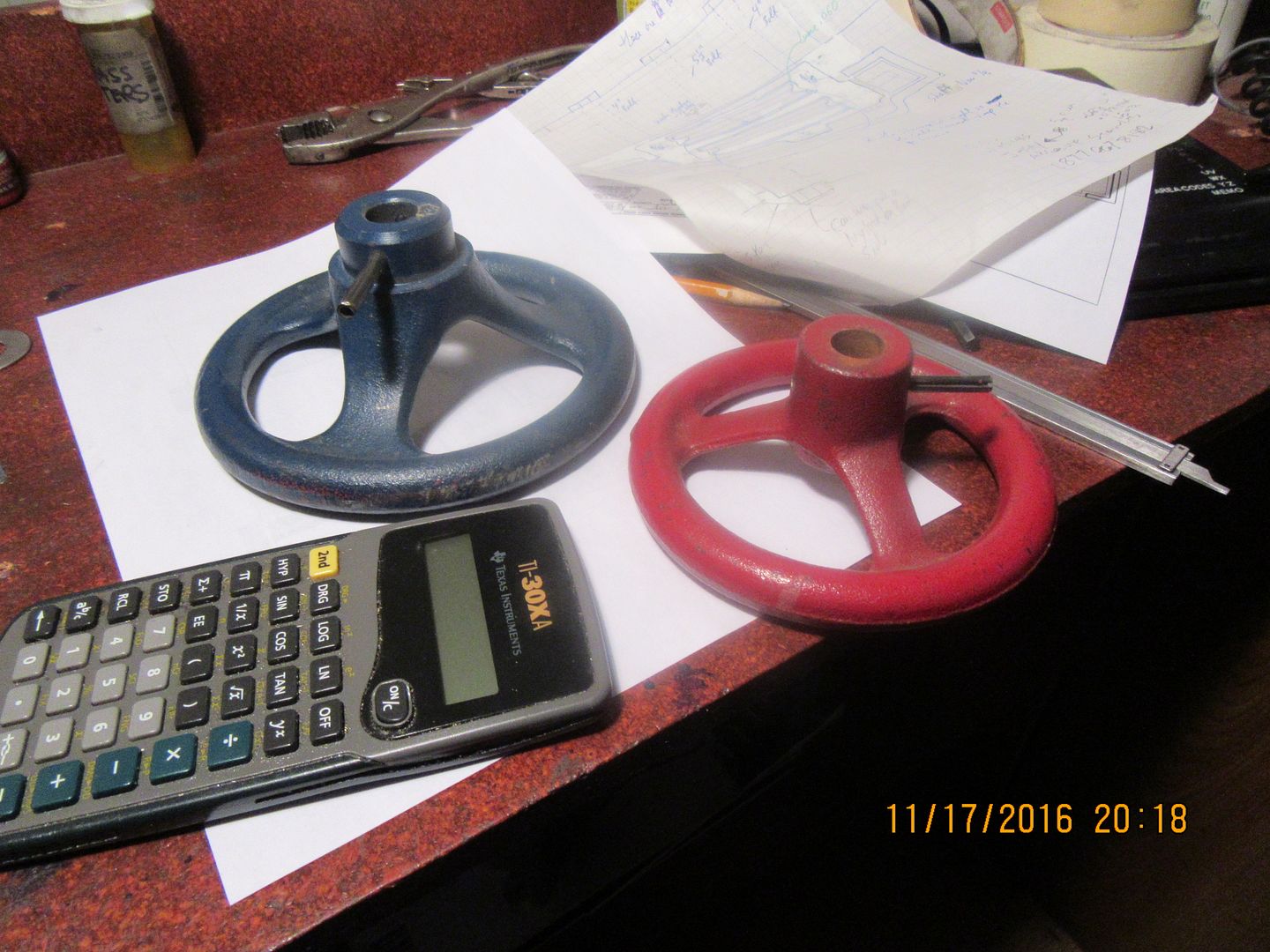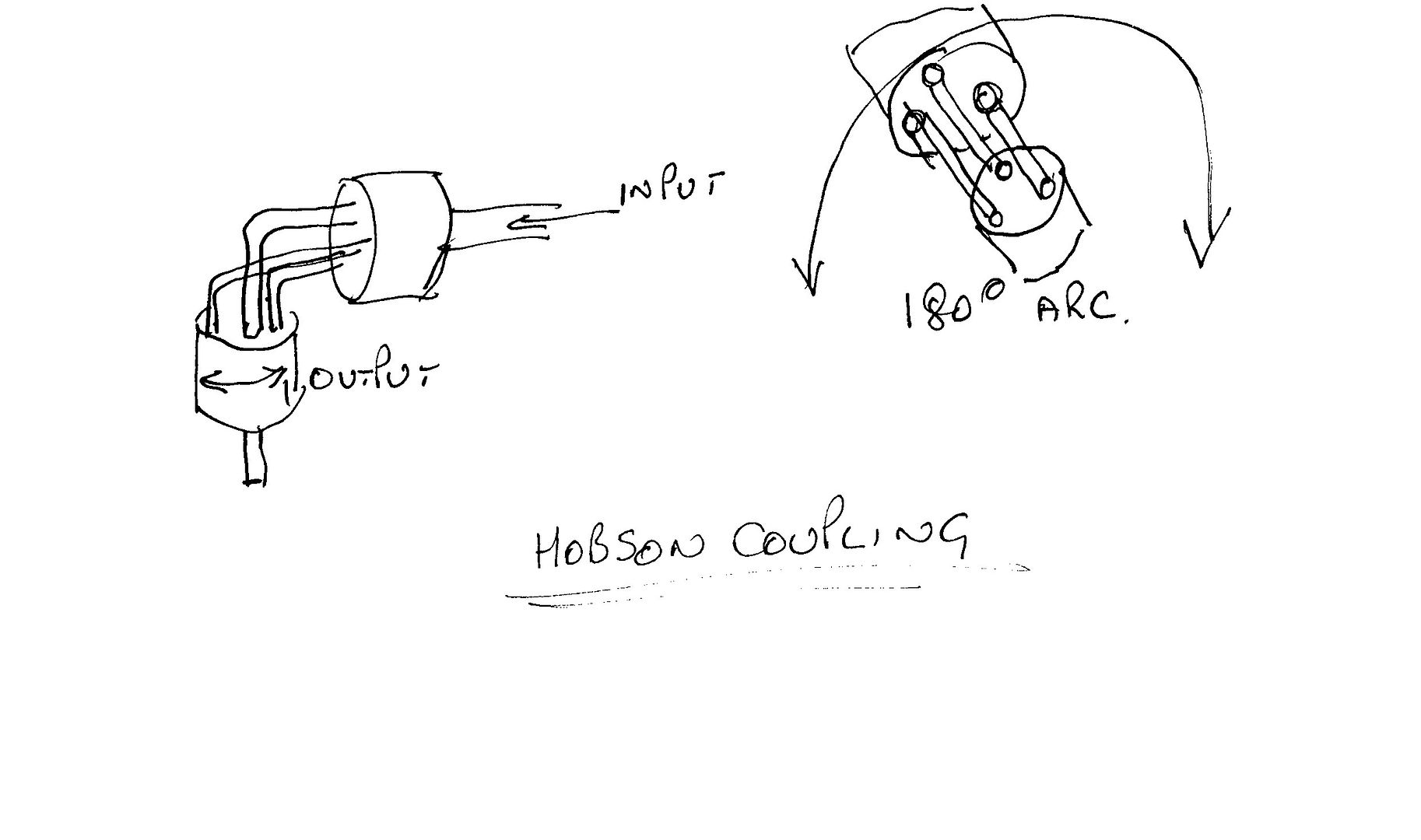Something neat that I hadn't noticed before---there is a tight spot in the mechanism, just as the sliding sleeve on the main-post reaches the top and starts down again. Watch the way the flyball governor reacts to that tight spot. You can see the balls flying in and out, allowing more air flow into the cylinders as the torque demand increases at that tight spot. It isn't in exact synchronization because of the elasticity of the o-ring drive belt, but it is definitely there. The flyball governor is trying it's best to keep a constant rpm at the engine. Ya got to love that old time motion control action!!!



